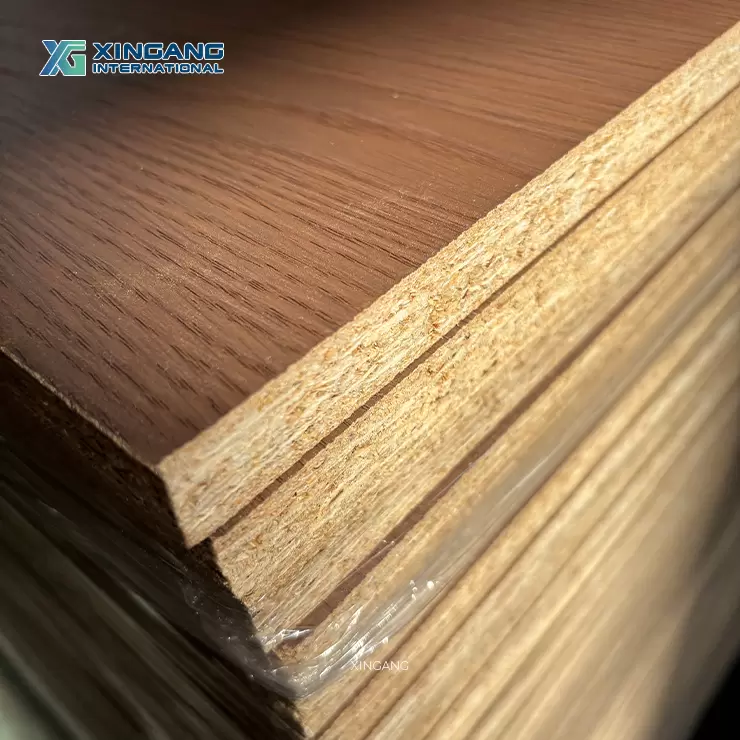In the realm of construction and engineering, the strength and durability of masonry fixings play a pivotal role in ensuring the stability and longevity of structures. With a multitude of options available, it becomes crucial to identify the strongest masonry fixing method that can withstand the test of time and adverse conditions. In this article, we delve into the world of masonry fixings, exploring various techniques and materials to uncover the ultimate solution.
- Understanding the Importance of Masonry Fixings:
Masonry fixings are essential components that secure various elements, such as bricks, stones, or concrete blocks, together to form a solid structure. These fixings provide stability, load-bearing capacity, and resistance against external forces, ensuring the structural integrity of buildings. Identifying the strongest masonry fixing is crucial to guaranteeing safety and longevity. - Exploring Traditional Methods:
a) Mortar and Grout: The traditional method of using mortar or grout to bond masonry units has been employed for centuries. While it offers reasonable strength, it may not be the strongest option for heavy loads or seismic activities.
b) Mechanical Anchors: Mechanical anchors, such as expansion anchors or screw anchors, provide a stronger alternative. These fixings rely on friction or expansion to secure masonry units, offering enhanced load-bearing capacity. - Unleashing the Power of Chemical Anchors:
a) Epoxy Resin Anchors: Epoxy resin anchors are renowned for their exceptional strength and durability. By chemically bonding masonry units, these fixings provide unmatched load-bearing capacity, making them ideal for critical applications.
b) Polyester Resin Anchors: Polyester resin anchors offer a reliable alternative, particularly in less demanding scenarios. While not as strong as epoxy resin anchors, they still provide considerable strength and are easier to install. - Reinventing the Game with Fiber-Reinforced Polymers (FRP):
a) Carbon Fiber Reinforced Polymers (CFRP): CFRP fixings have revolutionized the masonry industry with their exceptional strength-to-weight ratio. These lightweight fixings offer unparalleled resistance to tensile forces, making them ideal for seismic zones or high-stress environments.
b) Glass Fiber Reinforced Polymers (GFRP): GFRP fixings provide an alternative to CFRP, offering similar benefits with a different composition. These fixings excel in applications where electrical conductivity or corrosion resistance is a concern. - Pushing the Boundaries with Hybrid Solutions:
Combining the strength of different fixing methods can result in hybrid solutions that surpass individual techniques. For instance, combining epoxy resin anchors with mechanical anchors can provide a robust fixing capable of withstanding extreme loads and dynamic forces.
Conclusion:
In the quest for the strongest masonry fixing, a range of options exists, each with its unique advantages. From traditional mortar and mechanical anchors to cutting-edge solutions like chemical anchors, FRP, and hybrid techniques, the choice depends on the specific requirements of the project. By understanding the strengths and limitations of each method, engineers and builders can make informed decisions to ensure the structural integrity and longevity of their constructions. So, embrace the power of innovation and choose the strongest masonry fixing that will withstand the test of time.



More Stories
Melamine Plywood vs Traditional Plywood: Key Differences You Should Know
5 Signs It's Time to Upgrade or Replace Your Storage Shelving Units
Protecting Your Workspace with the Right Welding Blanket